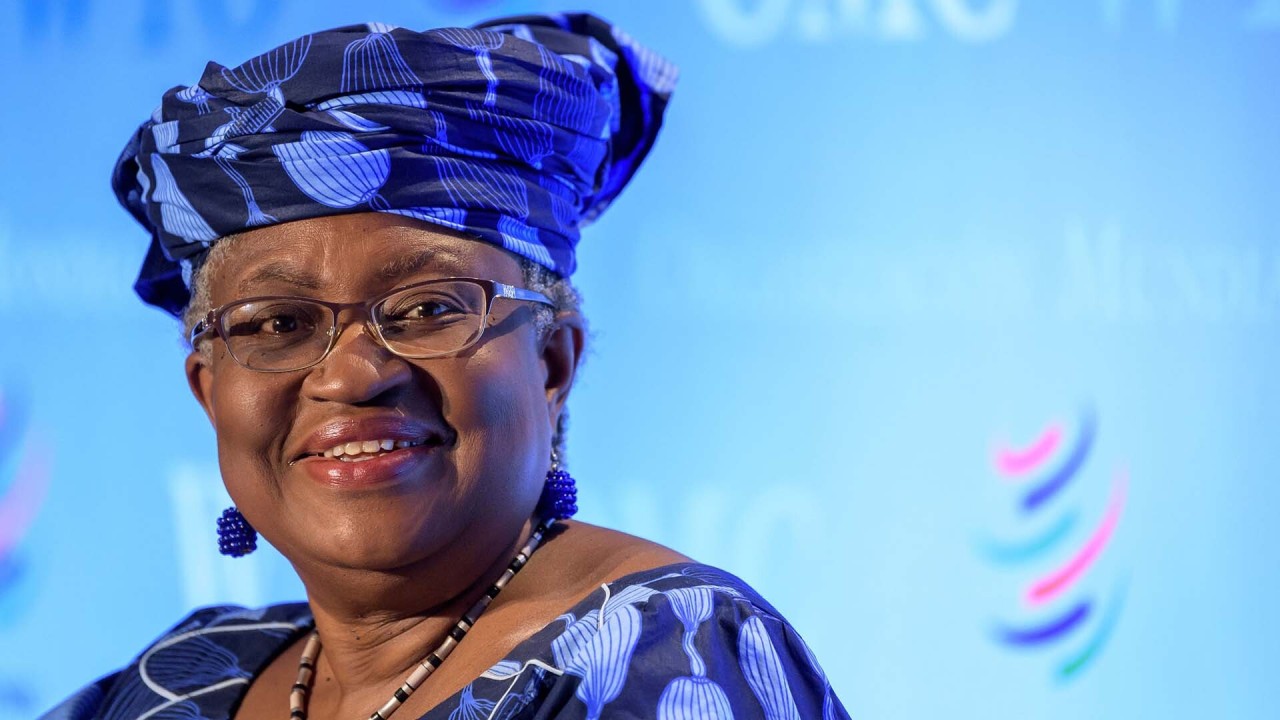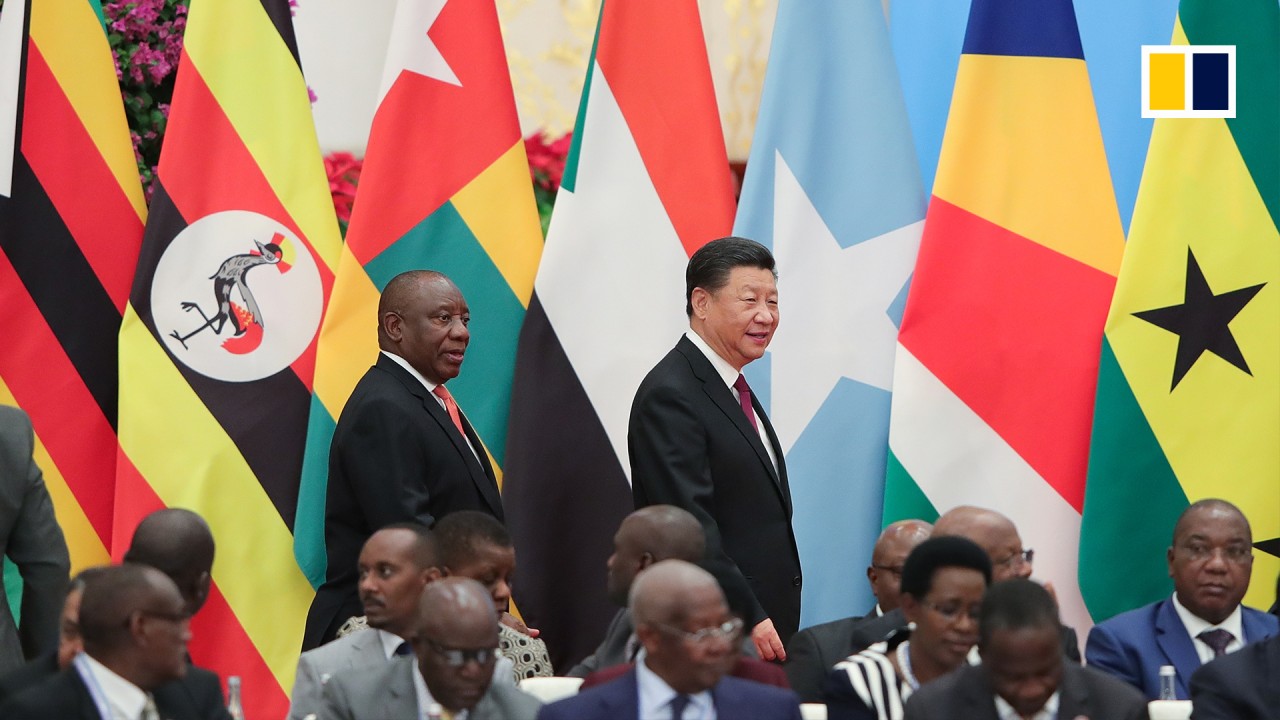
‘Blind dumping over’: Chinese lenders in Africa focus on stronger economies
- Lending to African countries that have not sought debt relief from China rose in 2019, says American research institute
- Drop in lending temporary, say researchers, because ‘Chinese banks are interested in the profits available in emerging and frontier markets’
The study conducted by the China-Africa Research Initiative (CARI) at Johns Hopkins University found that China’s loans to the continent amounted to US$7 billion in 2019, down from US$9.9 billion a year earlier.
China cut lending to historically large borrowers that had negotiated debt relief with China, such as Angola and Ethiopia. But lending to countries that had not sought debt relief, including Ghana, Nigeria, Egypt and South Africa, rose in 2019, according to the study.
CARI said Chinese lenders were now shifting their focus to borrowers with strong economies and debt management after some countries into which Beijing had pumped billions of dollars for mega infrastructure projects fell into debt distress.
Between 2000 and 2019, China advanced more than US$153 billion, according to data compiled by CARI and released on Tuesday.
But after a decade of rapid growth, Chinese annual lending peaked at US$28 billion in 2016, driven by a major loan to Angola. Analysts said that if that significant US$19 billion refinancing loan to Angola were removed from the data, “we see that Chinese lending in Africa peaked in 2013, the year the Belt and Road Initiative was launched”.
“The decline since 2013 reflects China’s current concerns about debt sustainability as well as structural transformation and planned shifts in the composition of the Chinese actors involved in outward expansion,” CARI research manager Kevin Acker and founder and director Deborah Brautigam said in the report, “20 Years of Data on China’s Africa Lending”.
“Concerns about debt sustainability are reflected in finding that in 2019 Chinese lenders were concentrated in less risky countries … that had not previously asked Chinese banks for debt relief.”
Debt-trap diplomacy: no evidence China pushes poor nations to seize assets, says academic
China Exim Bank, which for decades has advanced most of the subsidised concessional foreign aid and preferential export buyers’ credits, has also slowed its Africa lending.
But the continent was now receiving more commercial loans from China Development Bank and other banks. Brautigam said China Exim Bank was over-optimistic about Africa’s potential to keep growing and to use that growth to repay Chinese export credits.
“They realised this in 2014-2015 when commodity prices crashed, but by then they were already deeply exposed in a number of countries, like Cameroon, Republic of Congo, Angola and Ethiopia,” Brautigam said.
She said as China continued to position Shanghai as a global financial centre, “Chinese commercial banks will continue to grow as a share of China’s global lending, even if that lending faces a sustained trough due to the pandemic”.
Angola, which has received the most loans from China (about 30 per cent of all loans that Chinese lenders advanced to Africa), has seen a sharp decline in Chinese loan finance in recent years. The country received an average US$1.5 billion in loans from Chinese lenders since 2010, including the massive US$19 billion in 2016. However, it received US$405 million in 2018 and only US$106 million in 2019.
Between 2010 and 2018, Zambia and Kenya received an average US$1 billion annually but in 2019 that amount from China dropped to only US$217 million and US$265 million, respectively.
“The data on Chinese lending to Africa from the past 10 years shows that Chinese financiers adapt to changing economic and political conditions in Africa as they learn from experiences with borrowers in debt distress and debt restructuring negotiations,” CARI said in the report.
“Rather than continuing to blindly dump finance into countries with debt issues, Chinese financiers have shifted away from these countries – albeit belatedly in some cases, such as Zambia – and towards borrowers with stronger economies and debt management.”
Ghana’s deal with China’s Sinohydro faces environmental concerns
Brautigam said “Chinese banks are acting rationally”. She said it was already clear in 2018 that three of these countries were facing a high risk of debt distress and several had already approached the International Monetary Fund for a bailout.
“Kenya looked to be at more moderate risk in 2018, but Chinese banks would have known that the grace period for the first SGR [Standard Gauge Railway] loan package was expiring in 2018,” Brautigam said.
Instead, Ghana, South Africa, Egypt, Ivory Coast and Nigeria were the largest recipients of Chinese loan commitments in 2019. None of these countries had restructured debt with China since 2000, CARI found.
In Ghana, its US$1.25 billion includes loans signed out of two large lines of future resource-secured credit.
Further, Chinese lending to Egypt and South Africa started to increase in 2016 as China shifted to more commercial lending. Between 2010 and 2019, neither country had issues with debt sustainability.
In Egypt, China Exim Bank signed loan deals totalling US$1.2 billion for a light rail project connecting Cairo to Egypt’s New Administrative Capital.
“Yet we do not predict a sustained drop in Chinese lending to Africa. Like other lenders, Chinese banks are interested in the profits available in emerging and frontier markets,” CARI said.



